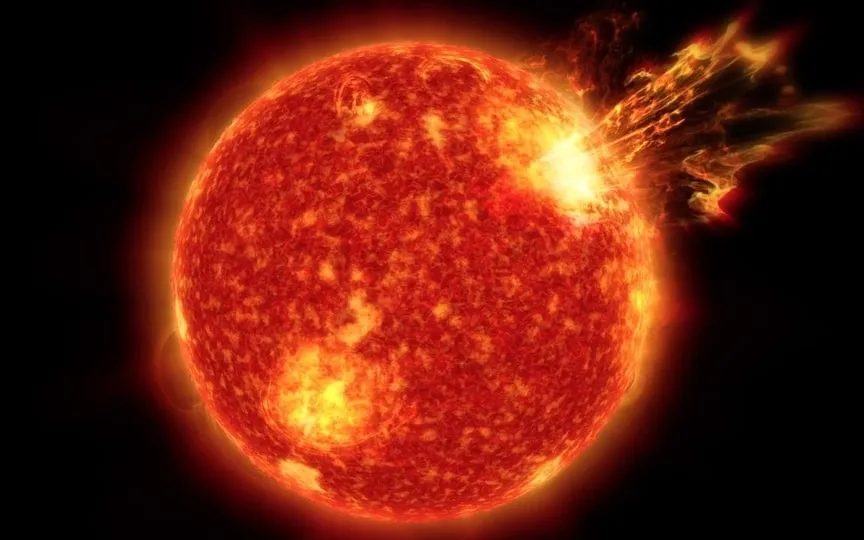NASA Model Predicts Solar Storms and Auroras: Earth Braces for Direct CME Hit!
Yesterday, the NASA Solar and Heliospheric Observatory (SOHO) detected a coronal mass ejection (CME) that seemed to be heading towards Earth. Initial analysis suggested that it might reach Earth on the evening of November 11, but it was uncertain whether it would directly hit or just graze our planet. Today, NASA used its prediction model to analyze the data, providing us with a more precise forecast. The CME is now projected to strike Earth on November 12, and it is anticipated to be a direct impact with an intensity of G2-class, resulting in a significant solar storm.
Tamitha Skov, a space weather physicist and solar storm enthusiast, posted on her X account about the NASA model, saying, “#Solarstorm Encore: Another direct hit coming! NOAA and NASA models show impact expected by November 12th (optimistic estimates say November 11 . by the end of the day if the storm is fast).Although not as strong as the recent storm, this could reach G2 level and bring #aurora to the mid-latitudes. If you want to check out the NASA model, Skov has also shared it separately in a post and you can check it out here.
A solar storm is expected tomorrow
It should be noted that despite the unveiling of NASA’s model, things can change at any time. This is because our technology is limited and the accuracy of these predictions may not always be high. For now, a G2 geomagnetic storm is expected to hit Earth. As we mentioned earlier, this kind of intensity is enough to evoke aurora borealis in high and middle latitudes. Shortwave radio frequencies are also under threat as they can be disrupted, affecting drone pilots, mariners, pilots and rescue missions.
Know the GOES-16 satellite
GOES-16, formerly known as GOES-R before it reached geostationary orbit, is the first of the GOES-R geostationary operational environmental satellites operated by NASA and the National Oceanic and Atmospheric Administration (NOAA). It was launched on November 19, 2016 and became operational on December 18, 2017. GOES-16 is located in geostationary orbit over the Atlantic Ocean and provides continuous images and atmospheric measurements of the Earth’s Western Hemisphere. It also has a lightning mapper that can detect both cloud-to-cloud and cloud-to-ground lightning. GOES-16 is an important tool for weather forecasting, climate monitoring, and space weather forecasting, including such storms.




